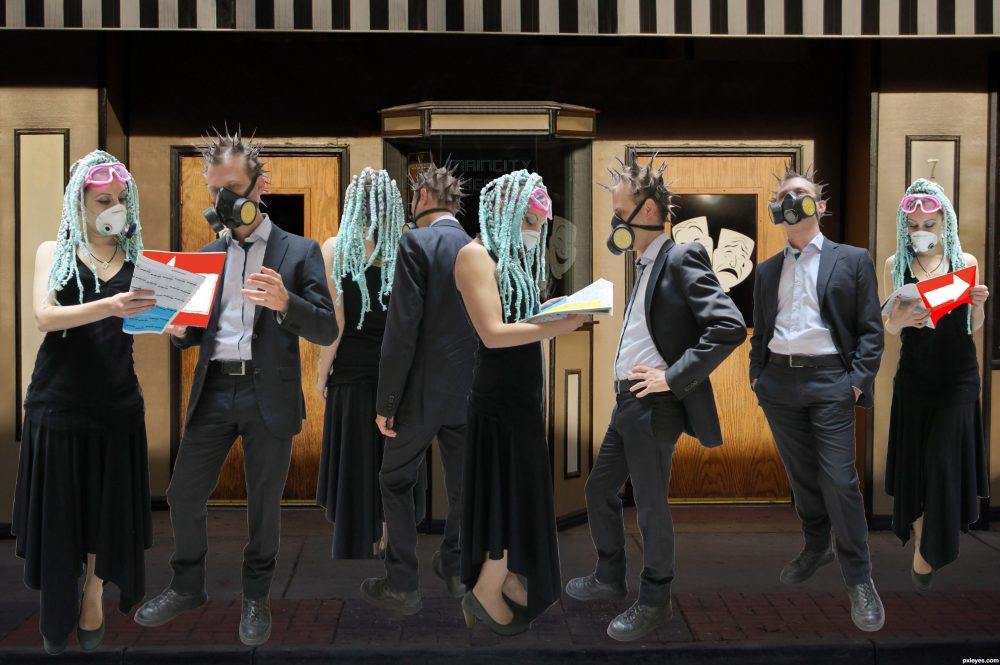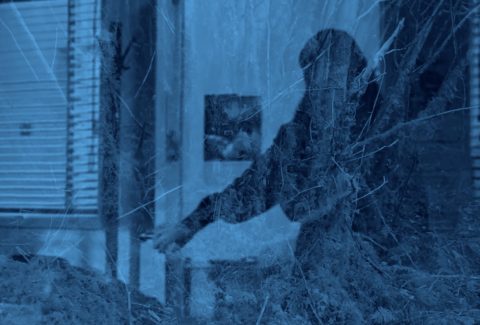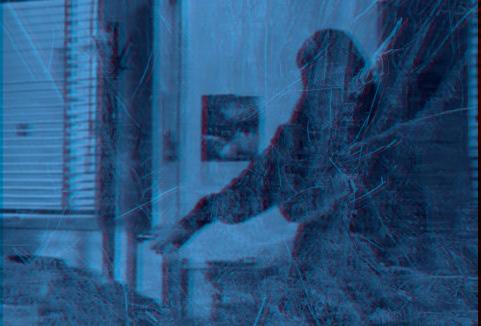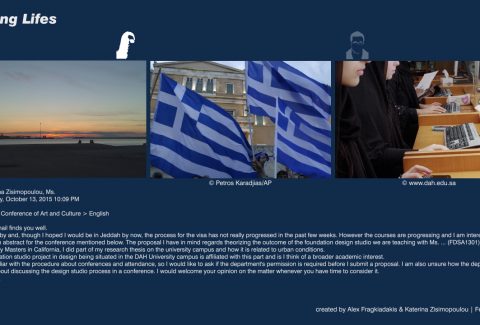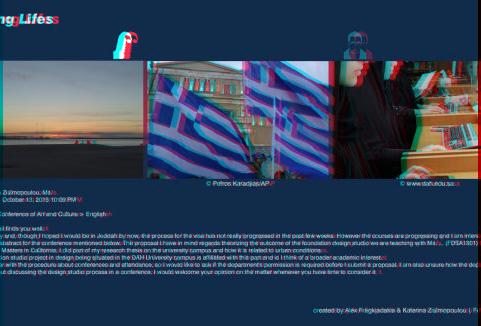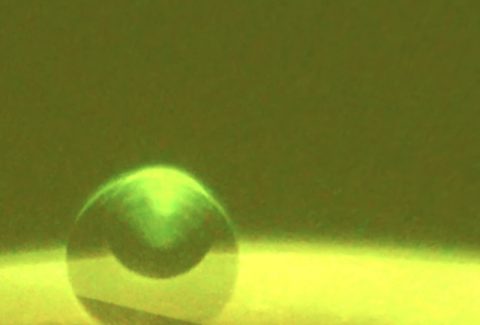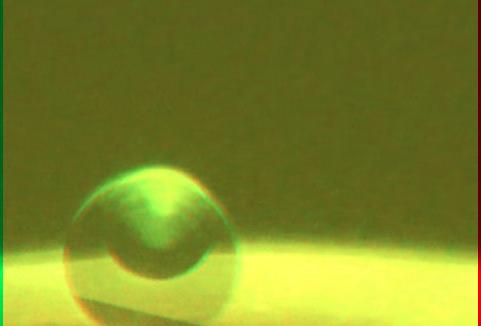Alessio de Marchi (IT)
Alessio De Marchi grew up playing with materials. In 1999, he discovered his passion for e-waste and began producing some first experimental works. In 2016, he graduated in International Sciences for Cooperation and Development at Università di Torino. Hands-on experience, creativity and technical expertise make him a 360° artist with a touch of social and political entrepreneurship.
Since 2014, together with the psychologist Alessandra Turcato, they have started up the WHAT WEEE ARE project, which brings together all their different life experiences and studies. The project aims at raising awareness over the broader issues regarding our technological world focusing on resource wise education and responsible use of raw materials. Stop motion animation has therefore become the ideal means to share both the artwork and the core concept of the WHAT WEEE ARE project.
The project also includes the implementation of educational workshops with high school and university students, in which participants learn more about the artificial world they were born into. Through group activities, including the disassembly and artistic re-elaboration of e-waste, students learn how to combine technological and scientific knowledge together with creativity, thus acquiring problem-solving skills by using critical-thinking approaches.


